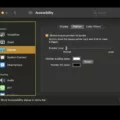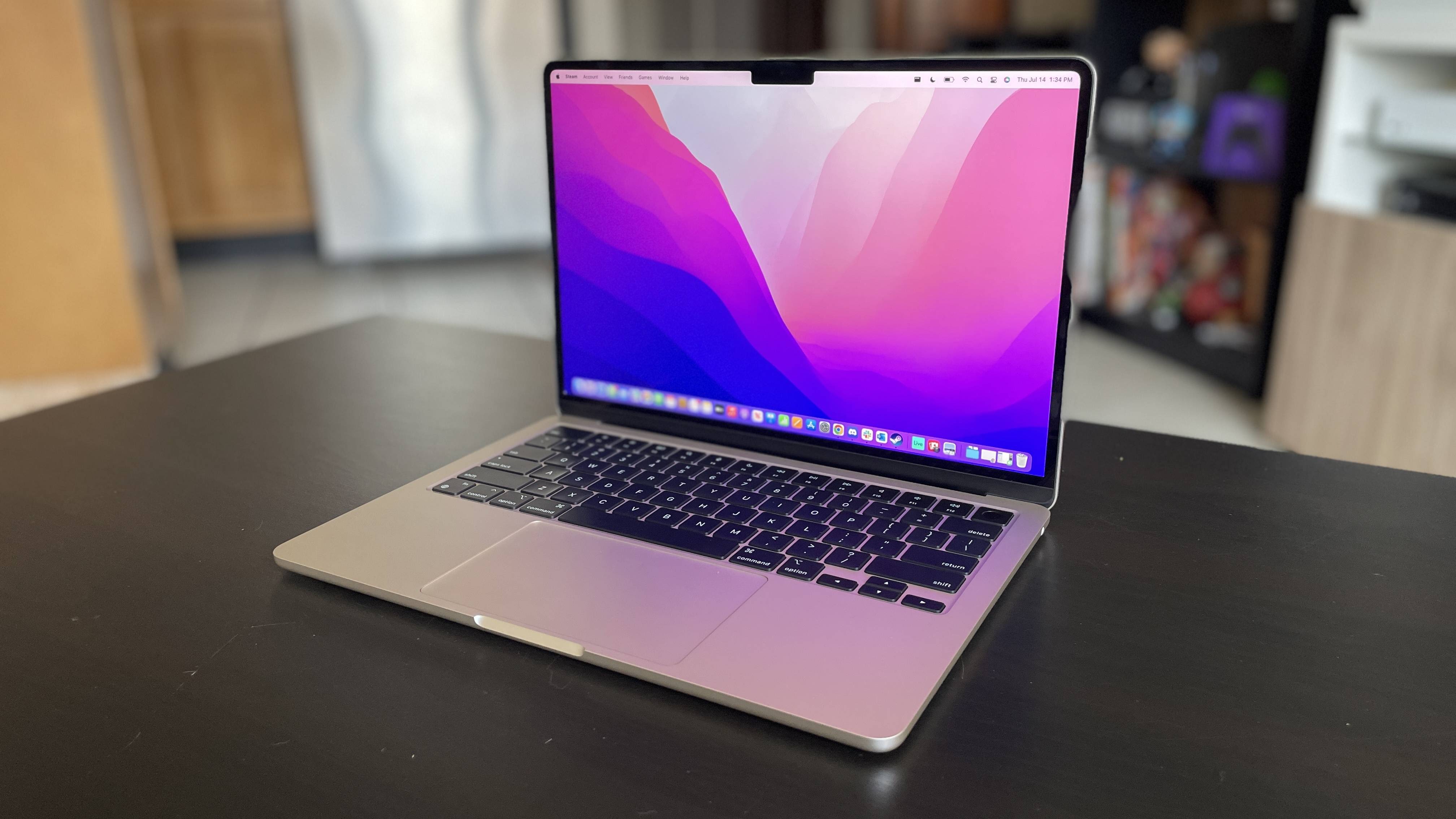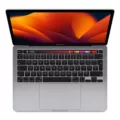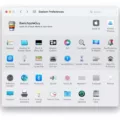Spotlight Search is a powerful tool available on Mac computers that allows users to quickly search for files, applications, and information on their system. It provides a convenient way to access files and perform various tasks without having to navigate through multiple folders or menus. However, like any software, Spotlight Search can sometimes encounter issues, such as not working properly. In this article, we will delve into Spotlight Search in Big Sur and explore some troubleshooting steps if you find that your Spotlight Search is not working.
Firstly, it is important to note that restarting your Mac can often resolve minor system or Spotlight errors that may be causing the search feature to malfunction. To do this, simply open the Apple menu and select Restart. Once your computer has restarted, try using Spotlight Search again to see if it is now functioning correctly.
If restarting doesn’t solve the issue, the next step is to rebuild the Spotlight index. The Spotlight index is a database that stores information about the files and data on your Mac, allowing for fast and accurate searches. Sometimes, this index can become corrupted, leading to problems with Spotlight Search. Here’s how you can rebuild the Spotlight index:
1. Open System Preferences by clicking on the Apple menu and selecting System Preferences.
2. In the System Preferences window, click on the Siri & Spotlight icon.
3. In the sidebar on the left, scroll down and click on Spotlight Privacy.
4. You will see a list of locations that Spotlight is prevented from searching. Drag the disk or folder that you want to index again to this list.
5. After adding the disk or folder, close the System Preferences window.
Rebuilding the Spotlight index may take some time, depending on the size of your disk and the number of files it contains. You can monitor the progress by clicking on the Spotlight icon in the menu bar. Look for the indexing progress bar, which will indicate that Spotlight is actively working.
Another step you can take is to check if the mdworker process is running. The mdworker process is responsible for indexing files and updating the Spotlight index. To do this:
1. Open the Activity Monitor by going to Applications > Utilities > Activity Monitor.
2. In the Activity Monitor window, click on the CPU tab.
3. Look for the mdworker process in the list of running processes. The Process Name column should display “mdworker.”
4. Keep an eye on the %CPU column. As soon as the %CPU value is above 0, it means the process is working, even if it shows 0%.
5. You can enter “index” in the text area next to the Spotlight icon in the menu bar. This will force Spotlight to reindex your files.
It’s important to note that the indexing process may consume a significant amount of CPU resources, so don’t be alarmed if you see high CPU usage while the indexing is in progress.
If none of the above steps resolve the Spotlight Search issue, you can try resetting the Spotlight preferences. To do this:
1. Open Terminal by going to Applications > Utilities > Terminal.
2. In the Terminal window, type the following command and press Enter:
Defaults delete com.apple.Spotlight
3. After running the command, restart your Mac.
This will reset the Spotlight preferences to their default settings, which can sometimes resolve issues with Spotlight Search.
Spotlight Search is a powerful tool that can greatly enhance your productivity on a Mac computer. However, if you find that your Spotlight Search is not working properly in Big Sur, you can try restarting your Mac, rebuilding the Spotlight index, checking the mdworker process, or resetting the Spotlight preferences. These troubleshooting steps should help you resolve the issue and get Spotlight Search back up and running smoothly.
Why is Your Spotlight Search Not Working On Your Mac?
There can be several reasons why your Spotlight search is not working on your Mac. Here are some possible causes:
1. Indexing Issue: Spotlight relies on an index to quickly search through files and data on your Mac. If the index is not up to date or corrupted, it can cause Spotlight search to malfunction. You can try rebuilding the Spotlight index to resolve this issue.
2. Privacy Settings: Spotlight might not be able to search certain files or folders if they are excluded in the Privacy settings. Check the Spotlight preferences in System Preferences and make sure the locations you want to search are not listed in the Privacy tab.
3. Spotlight Suggestions: If you have disabled Spotlight Suggestions, it could affect the search functionality. You can enable this feature in the Spotlight preferences to see if it resolves the issue.
4. System or Spotlight Errors: Sometimes, system or Spotlight errors can occur, causing Spotlight search to stop working. Restarting your Mac can help resolve these errors and restore Spotlight functionality.
5. Low Disk Space: If your Mac’s storage is almost full, it can impact the performance of Spotlight search. Clearing up some disk space by deleting unnecessary files can potentially solve the issue.
6. Third-Party Apps: Certain third-party apps or utilities can interfere with Spotlight’s functionality. You can try disabling or uninstalling any recently installed apps to see if it resolves the issue.
7. Spotlight Preferences: An issue with your Spotlight preferences can also cause problems with the search. Resetting the Spotlight preferences to their default settings can help troubleshoot the issue.
If none of these solutions work, you may need to consider additional troubleshooting steps or seek further assistance from Apple Support.
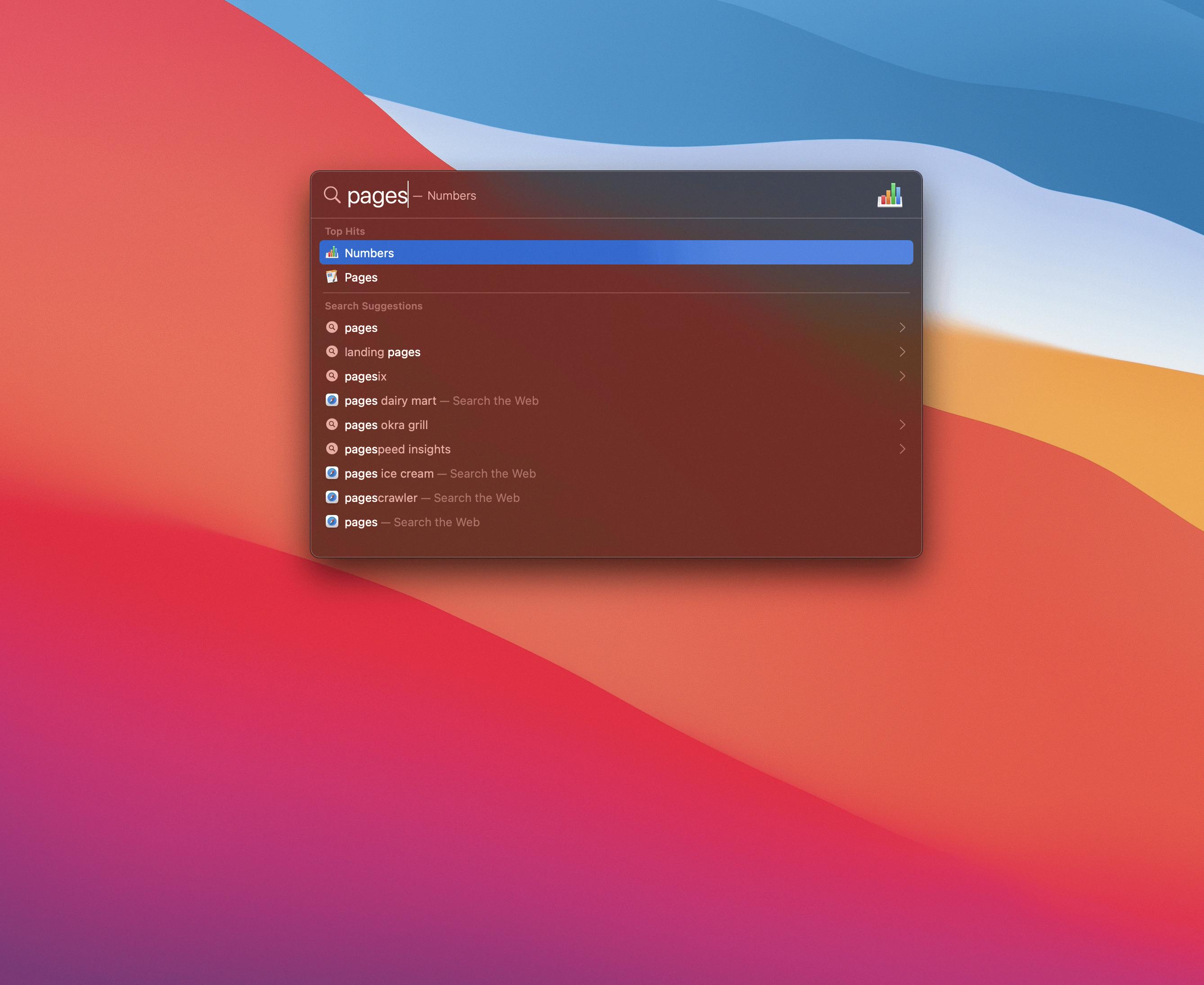
How Do You Rebuild Your Big Sur Spotlight Index?
To rebuild the Spotlight index in Big Sur, follow these steps:
1. Click on the Apple menu located in the top-left corner of your screen.
2. From the drop-down menu, select “System Preferences.”
3. In the System Preferences window, click on “Siri & Spotlight,” which is represented by an icon with a microphone.
4. Once you’re in the Siri & Spotlight settings, scroll down until you see “Spotlight Privacy” on the right-hand side and click on it.
5. You’ll now see a list of locations that Spotlight is prevented from searching. This list includes disks and folders.
6. To rebuild the Spotlight index for a specific disk or folder, simply drag and drop it from its current location to the list of locations in Spotlight Privacy.
7. Once you’ve added the disk or folder to the list, Spotlight will start indexing its contents again.
8. You can repeat this process for any other disks or folders that you want to re-index.
By rebuilding the Spotlight index, you allow the system to re-scan and catalog the contents of the selected disks or folders. This can be helpful if you’re experiencing issues with Spotlight search results or if you’ve made significant changes to the contents of those disks or folders that you want to be reflected in Spotlight search.
How to Know If Your Big Sur is Spotlight Indexing?
To determine if your Big Sur operating system is undergoing Spotlight indexing, you can follow these steps:
1. Open the Activity Monitor: Launch the Finder application, navigate to the “Applications” folder, then go to the “Utilities” folder, and finally click on “Activity Monitor.”
2. Look for the “Process Name” column: Once the Activity Monitor window opens, you will see a list of processes currently running on your system. Locate the column header labeled “Process Name.”
3. Find the “mdworker” process: Scroll through the list of processes and search for “mdworker” in the “Process Name” column.
4. Observe the CPU usage: Check the “%CPU” column next to the “mdworker” process. This column represents the percentage of CPU resources being utilized by each process.
5. Confirm indexing activity: If the “%CPU” value for the “mdworker” process is above 0, it indicates that Spotlight indexing is ongoing. Even if the CPU usage is at 0%, it could still mean that indexing is in progress. However, a higher CPU value, such as 50% or more, suggests that the indexing process is more intensive.
Please note that during indexing, the “mdworker” process may consume a significant amount of system resources, leading to a decrease in overall performance. Once the indexing is complete, the CPU usage for “mdworker” should return to normal levels.
It’s worth mentioning that indexing times can vary depending on the size and complexity of your system, so please allow sufficient time for the process to complete.
If you want to check the progress of the indexing operation, you can look for a pulsating bar or a steady progress bar next to the “Indexing” section in the Spotlight menu (the magnifying glass icon) located at the top right corner of your screen.
By following these steps, you can determine if your Big Sur system is currently undergoing Spotlight indexing and monitor its progress.
How to Enable Spotlight Search On Your Mac?
To enable Spotlight search on your Mac, you can follow these steps:
1. Click on the Spotlight icon: Look for the magnifying glass icon located in the menu bar at the top right corner of your screen. Click on it to open Spotlight.
2. Use the keyboard shortcut: Press Command (⌘) and the Space bar together to activate Spotlight.
3. Use the function key: Some keyboards have a dedicated function key (F4 or F5) with the Spotlight icon. Press that key to open Spotlight.
After you have enabled Spotlight, you can start using it to search for files, applications, documents, and more on your Mac. Just type in your search query in the Spotlight search bar, and it will display relevant results instantly.
Additionally, you can customize Spotlight preferences by going to System Preferences > Spotlight. In the Spotlight preferences, you can choose which categories to include or exclude from your search results, adjust the order of the categories, and even add or remove search locations.
With Spotlight search, you can quickly find and access the information you need on your Mac, making it a powerful tool for improving productivity and efficiency.
Conclusion
Spotlight Search is a powerful and convenient tool on Mac computers that allows users to quickly search for files, applications, and information. However, there may be instances where Spotlight Search stops working or encounters errors.
If you are experiencing issues with Spotlight Search, there are a few troubleshooting steps you can take. First, try restarting your Mac computer, as this simple action can often resolve system or Spotlight errors.
If restarting does not solve the problem, you can try rebuilding the Spotlight index. To do this, open System Preferences and click on “Siri & Spotlight.” Then, scroll down and click on “Spotlight Privacy.” Here, you can drag the disk or folder that you want to index again to the list of locations that Spotlight is prevented from searching.
Additionally, you can monitor the indexing process by using the Activity Monitor. Look for the process name “mdworker” and check its CPU usage. When the CPU usage is above 0, it means the indexing process is working. You can also check the progress by clicking on the Spotlight icon in the menu bar and looking for the indexing status.
By following these steps, you can often resolve issues with Spotlight Search and get it up and running again. Spotlight Search is a valuable feature on Mac computers, and ensuring its proper functioning can greatly improve your productivity and efficiency when searching for files and information.


